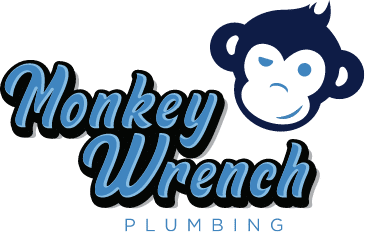In the heart of Utah, Salt Lake Valley residents enjoy the stunning natural beauty and vibrant urban life that the area offers. However, the region’s unique geographical and climatic conditions also present specific challenges to maintaining a safe and reliable water supply, especially concerning backflow prevention. Understanding why backflow prevention is essential in Salt Lake Valley requires a dive into what backflow is, its potential risks, and the measures residents and authorities must take to prevent it.
Understanding Backflow
Backflow occurs when the normal flow of water in pipes reverses, potentially contaminating the public water supply with hazardous substances from irrigation systems, industrial processes, or other sources. This reverse flow can happen due to backpressure, where downstream pressure exceeds the supply pressure, or back siphonage, which is caused by a negative pressure (vacuum) in the supply pipes.
The Risks of Backflow in Salt Lake Valley
Salt Lake Valley’s diverse landscape, from urban centers to agricultural lands, combined with its fluctuating water demands and supply challenges, makes the region particularly susceptible to backflow incidents. The risks associated with backflow are significant, including:
- Contamination of Drinking Water: Backflow can introduce pesticides, fertilizers, chemicals, and biological pathogens into the drinking water system, posing serious health risks to the community.
- Impact on Public Health: Even a single backflow incident can lead to widespread public health emergencies, with the potential for disease outbreaks and poisoning.
- Economic Costs: Dealing with the aftermath of backflow incidents can be costly, involving water system repairs, medical treatments, and potential legal liabilities.
Why Backflow Prevention is Key
Given these risks, backflow prevention is not just a regulatory requirement but a critical component of public health and safety in Salt Lake Valley. Effective backflow prevention helps to:
- Protect Public Health: By ensuring that the water supply remains free of contaminants, backflow prevention devices protect the health of Salt Lake Valley’s residents.
- Maintain Water Quality: Backflow preventers keep the water supply safe and drinkable by preventing contamination at its source.
- Comply with Regulations: Adhering to backflow prevention regulations is essential for utility companies and property owners to avoid penalties and ensure compliance with health and safety standards.
Backflow Prevention Measures
To combat the risks of backflow, Salt Lake Valley residents and authorities must take proactive measures, including:
- Installation of Backflow Prevention Devices: Homes and businesses, especially those with irrigation systems or industrial water connections, should install appropriate backflow preventers and ensure they are regularly tested and maintained.
- Regular Testing and Maintenance: Annual testing of backflow prevention devices by certified professionals is crucial to ensure they are functioning correctly.
- Public Education: Raising awareness about the importance of backflow prevention and how to reduce risks can empower residents to contribute to the safety of the community’s water supply.
Conclusion
In Salt Lake Valley, the stakes for maintaining a clean and safe water supply are high. The region’s commitment to backflow prevention reflects a broader dedication to public health, environmental stewardship, and community well-being. By understanding the importance of backflow prevention and taking the necessary precautions, residents and authorities can work together to ensure that Salt Lake Valley’s water remains safe for all its users, today and in the future.

